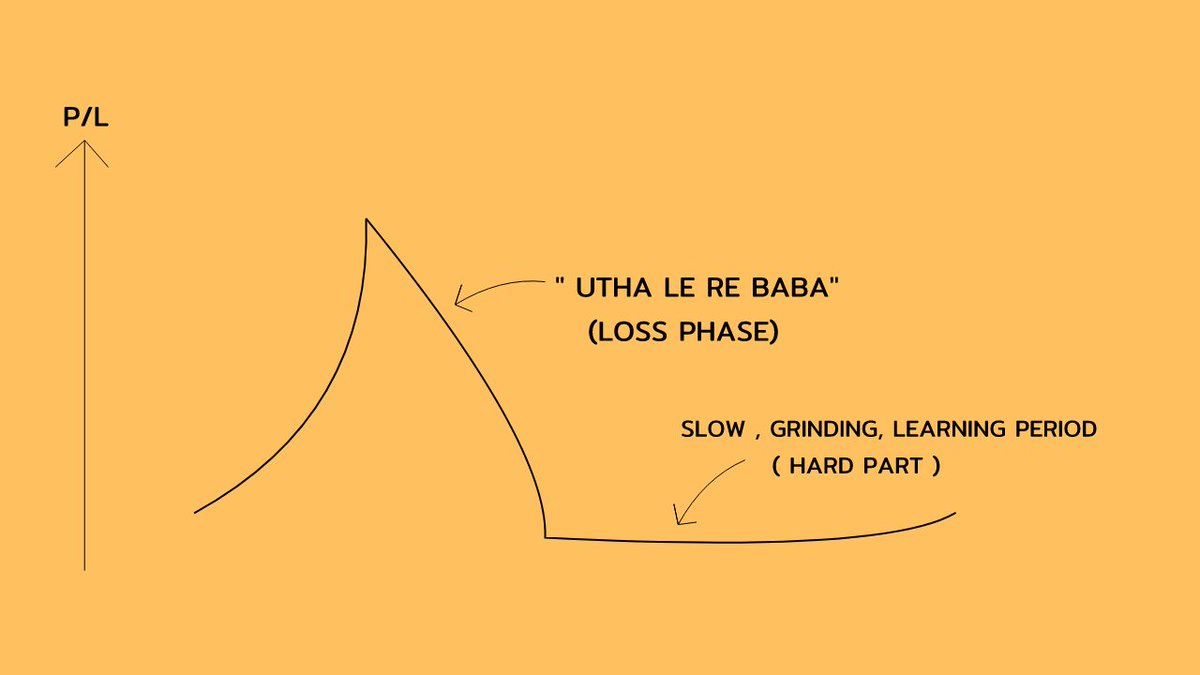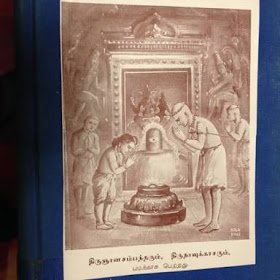I started TRT before the age of 30.
I did it because I wanted to, not because I needed to.
My Total Testosterone Levels (naturally) were just above 700 ng/dl
That's **Good, but not Great**
I wanted to be at 1,000 ng/dl (GREAT)
...
So, I intentionally crashed my natural T levels down to 300-400 ng/dl, then got bloodwork done
(I intentionally made my natural T levels look far lower than what they really were)
Bloodwork was planned for Thursday
...
Drink a ton of alcohol Wednesday Night (high alcohol consumption suppresses testosterone levels)
Doctor looked at the bloodwork and said
"Yeah, looks like you need TRT.
Inject 100mg of Testosterone Cypionate, every 7 days"
With 100ng/dl of Testosterone, I had high energy for 10-12 hours a day.
The benefit was *subtle yet significant*.
If you are naturally at 700ng/dl, you probably should NOT use TRT
If you are below 600ng/dl naturally, you should DEFINITELY CONSIDER TRT
In the 1950s, Total Testosterone of 1,000ng/dl was average.
Today (2010 Forward) Total Testosterone of 1,000ng/dl was average, is 99th percentile.
More from Life
Today is a day to celebrate love in our lives.
And here at ACLU-MA, we know that justice is a labor of love. Here are some of our favorite moments of love and justice in the last year, to brighten your #ValentinesDay.
💞👇💞
Almost exactly a year ago, our clients Hanz and Maudy were reunited after being separated by the cruel "Return to Mexico" policy.
And here at ACLU-MA, we know that justice is a labor of love. Here are some of our favorite moments of love and justice in the last year, to brighten your #ValentinesDay.
💞👇💞
Almost exactly a year ago, our clients Hanz and Maudy were reunited after being separated by the cruel "Return to Mexico" policy.
Yesterday, a family of asylum seekers were reunited. Hanz & his son were subjected to #MPP, a cruel policy that forced them into dangerous cities in northern Mexico. We sued on their behalf, allowing them to rejoin their family in Massachusetts. pic.twitter.com/Kce6MTpS9C
— ACLU Massachusetts (@ACLU_Mass) February 7, 2020
You May Also Like
https://t.co/6cRR2B3jBE
Viruses and other pathogens are often studied as stand-alone entities, despite that, in nature, they mostly live in multispecies associations called biofilms—both externally and within the host.
https://t.co/FBfXhUrH5d

Microorganisms in biofilms are enclosed by an extracellular matrix that confers protection and improves survival. Previous studies have shown that viruses can secondarily colonize preexisting biofilms, and viral biofilms have also been described.

...we raise the perspective that CoVs can persistently infect bats due to their association with biofilm structures. This phenomenon potentially provides an optimal environment for nonpathogenic & well-adapted viruses to interact with the host, as well as for viral recombination.

Biofilms can also enhance virion viability in extracellular environments, such as on fomites and in aquatic sediments, allowing viral persistence and dissemination.

Viruses and other pathogens are often studied as stand-alone entities, despite that, in nature, they mostly live in multispecies associations called biofilms—both externally and within the host.
https://t.co/FBfXhUrH5d

Microorganisms in biofilms are enclosed by an extracellular matrix that confers protection and improves survival. Previous studies have shown that viruses can secondarily colonize preexisting biofilms, and viral biofilms have also been described.

...we raise the perspective that CoVs can persistently infect bats due to their association with biofilm structures. This phenomenon potentially provides an optimal environment for nonpathogenic & well-adapted viruses to interact with the host, as well as for viral recombination.

Biofilms can also enhance virion viability in extracellular environments, such as on fomites and in aquatic sediments, allowing viral persistence and dissemination.


























